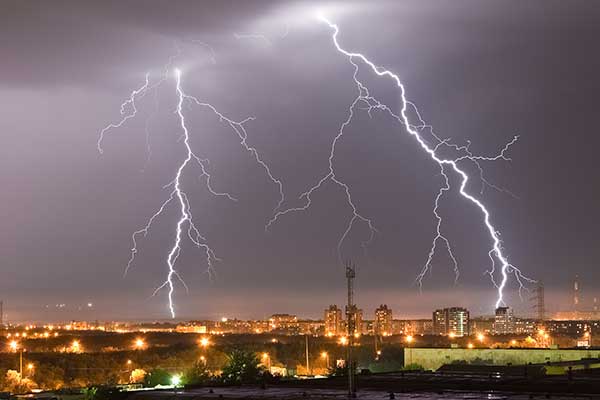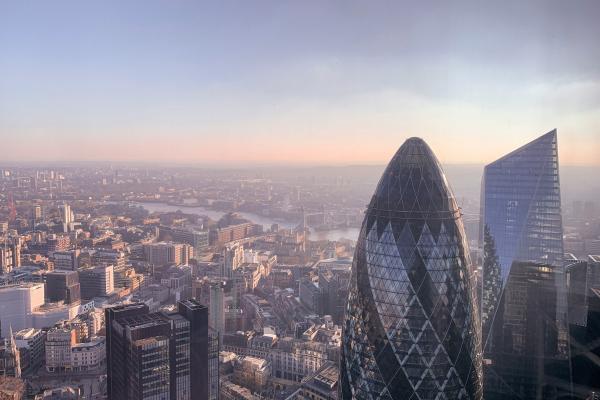By Zurich Insurance Group
Zurich Insurance Group has published a new report, Safeguarding our Energy Future: Protecting Europe’s Energy Infrastructure Against Climate Risk, warning that Europe’s clean energy systems will be increasingly vulnerable to climate-related threats if no action is taken. As renewable energy becomes the backbone of the region’s low-carbon economy, making this infrastructure more resilient is now critical.
The report analyzes over 25,000 power generation sites across France, Germany, Italy, Spain, and the UK. Using Zurich Resilience Solutions’ geospatial modelling tool, Climate Spotlight, the study assessed how climate hazards could affect renewable energy production and storage up to 2030 and 2050.
The findings are stark: renewable energy assets face significantly more physical climate risk than fossil fuel-based infrastructure. By 2030, 83% of Europe’s clean energy generation, especially solar power, will be at high risk. Energy storage assets are even worse, with 92% exposed to high levels of climate risk. With energy generation capacity from renewable assets set to increase by almost two-thirds (62%) by 2030, there is also an opportunity to make the clean energy transition resilient by design.
The report warns that failing to adapt could jeopardize both the energy transition and energy security. To avoid this, Zurich calls for stronger collaboration between the public and private sectors. Key recommendations include:
- Upgrading existing infrastructure to withstand extreme weather
- Incorporating climate stress tests in the planning of new projects
- Embedding resilience into energy infrastructure design
- Improving access to reliable climate risk data
- Creating the right incentives and financial frameworks to support investment
As climate-related threats grow, safeguarding Europe’s energy future means investing in infrastructure that can withstand the changing environment. This report offers a clear roadmap to help achieve that goal.
“The energy transition is a critical imperative for business, the economy, and society. While renewables are essential to this shift, our research shows Europe’s renewable infrastructure faces rising climate risks. By building resilience, we not only reduce those risks—we protect insurability and unlock continued investment in clean energy.” Sierra Signorelli, CEO Commercial Insurance
Further Information
The full report, “Safeguarding our Energy Future: Protecting Europe’s Energy Infrastructure Against Climate Risk” is available for download on Zurich Resilience Solutions’ website.
Methodology
The report “Safeguarding our Energy Future: Protecting Europe’s Energy Infrastructure Against Climate Risk” used ZRS’ climate risk modeling to evaluate climate risks to energy assets in Europe. Mandala gathered asset data such as location and capacity through desktop research. Future climate hazards were projected using ZRS’s climate data and the IPCC scenario SSP2-4.5, which predicts a 2°C temperature rise by 2100. Zurich Resilience Solutions experts assessed the impact of these hazards on different assets to create a risk score, categorizing assets into five risk levels. The likelihood of climate events at asset locations was determined using Zurich’s data, and potential financial impacts were calculated. The report was developed by Zurich Resilience Solutions in collaboration with Mandala Partners.



